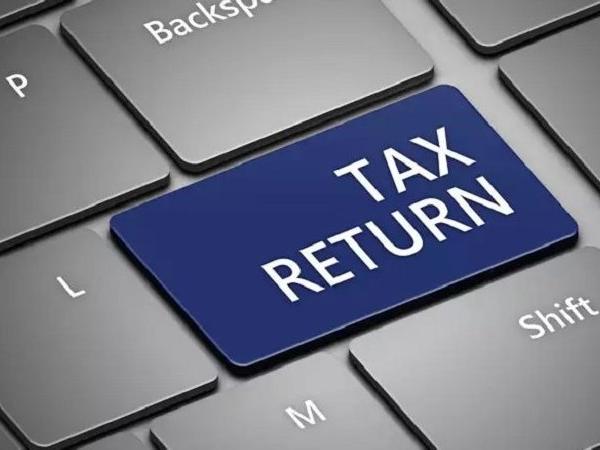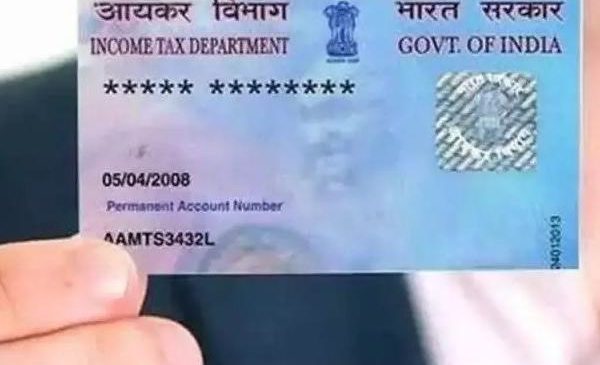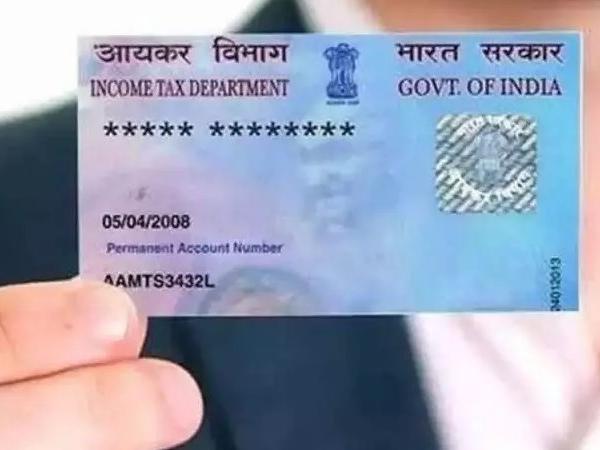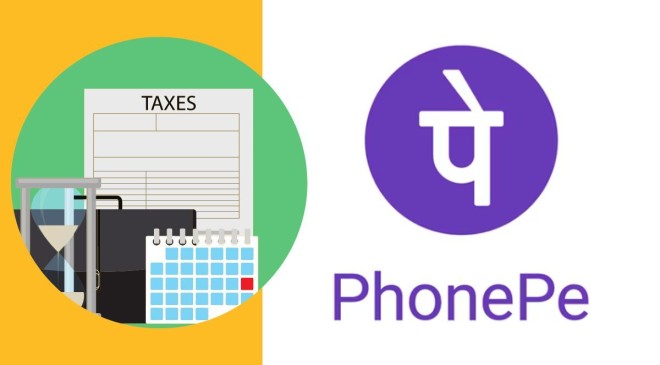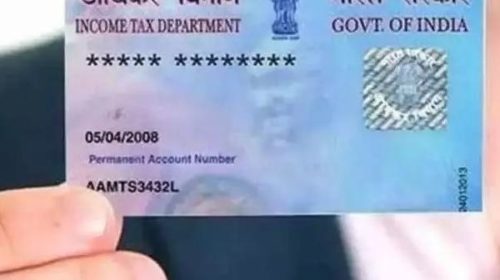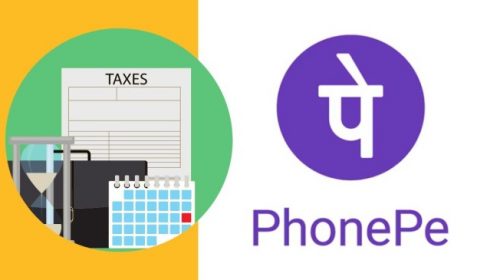Electronic filing, or e-filing of returns, because it is also called, is simply the distribution of earnings that is individual’s returns online. The filing of return can be carried out in 2 ways – one is offline that is conventional which requires you to consult with the workplace of the Income Tax Department and carrying it out manually, and also the other is to file the returns on the internet. E-filing has been gaining a whole lot of popularity in recent years as a result of advancements in technology. E-filing is also relatively easier in comparison with offline filing as it doesn’t involve paperwork that is tedious can be achieved from the comfort of your home.
Great things about E-Filing
E-filing is preferred to offline filing among a number that is big of in India. Here are some for the major benefits of filing your income tax returns electronically:
Quick Processing: When you file your returns online, they are going to quickly be recognized by the Income Tax Department. One of the major great things about e-filing is that if you can find any refunds, they shall be processed much faster in comparison with returns that are filed on paper.
Convenient: You can file your returns anytime, anywhere, provided that you do have a mobile device or a laptop and a connection that is the internet. The facility that is e-filing open 24/7, making it an easy method more convenient option in comparison with the manual filing of comes back.
Accuracy: The pc software created for the e-filing of returns comes with integrated connectivity that is electronic validations which make it seamless. The computer software additionally reduces errors to an extent that is considerable. Since filing thereturns manually can keep the door available to human errors, electronic filing of returns can ensure that there are no manual errors.
Privacy: Filing the returns on paper gets the potential for your details to get released. Online filing of returns, however, is much safer in contrast with manual filing as your information will never be accessible by design or chance.
Easy to Use: the portal that is e-filing been designed in a manner such that it is truly easy to file the returns. There are step-by-step instructions you can follow to ensure that the process is completed in a smooth and manner that is hassle-free.
Proof of Receipt: Filing your revenue taxation statements online will mean that the verification will soon be sent to you promptly through e-mail on your own email that is registered address. Since the process is automated, there may be no wastage of time in getting your verification.
Electronic Banking: in the event, any refunds are due to you, they will be directly deposited to your bank account. In the event you have any taxation repayments to too make, they’ll be directly debited from your bank account. You might also need the option to now file your returns and pay the taxes later. You can accordingly choose to instruct your money and revel in the convenience made available from the facility.
Accessibility: All the information regarding your computer data that are past be accessed with relative ease whenever you file your returns online. The applications make sure that the data has been stored securely, so it when filing their returns again that it’s easy for people to get into.
Steps to E- Filing
STEP 1. Register yourself
To e-file your income tax return, you shall have you register on the Income Tax Department’s online taxation filing site (incometaxindiaefiling.gov.in). You need certainly to provide your account that is permanent numberPAN), title and date of birth and choose a password. Your PAN will soon be your individual ID.
STEP 2. Choose how you need to e-file
You will find two means of e-filing your income tax return. One goes right to the download section and selects the e file income tax return option.
STEP 3. Select the proper execution that is requisite
ITR-1: For people earning a salary, pension, or income from property or sources other than the gifts
ITR-2: ITR 2A for those having significantly more than one house but no monetary gains.
ITR 3, 4 and 4S: Professionals and companies.
STEP 4. Keep the documents ready
Keep your PAN, Form 16, interest statements, TDS certificates, details of investments, home and insurance loans handy. Download Form 26AS, which summarises income tax paid against your PAN. Then you’re able to validate Form 26AS to your tax return to check your tax obligation.
You should have to fill an additional line —”AL” or assets and liabilities if you earn significantly more than Rs 50 lakh, from this present year. You shall have to disclose the worthiness of one’s assets and liabilities.
STEP 5. Fill upload and form
Once you have downloaded the form and filled all of the details, click on ‘Generate XML’ if you select to fill the form offline. Then go to the website again and click the ‘upload XML’ switch. You will need to log that is first to upload the XML file saved on desktop and click on submit.
STEP 6. Verify ITR V
An acknowledgment number is generated on submitting your ITR form. Just in case the return is submitted using a signature that is electronic you simply need to protect this quantity. An ITR-V is produced and is sent to your registered email ID if the return is submitted without an electronic digital signature.
The income tax filing process is incomplete and ITR is invalid unless your ITR V is confirmed. You can electronically validate or mail the ITR that is signed towards the processing center in Bengaluru within 120 times of filing the return.

